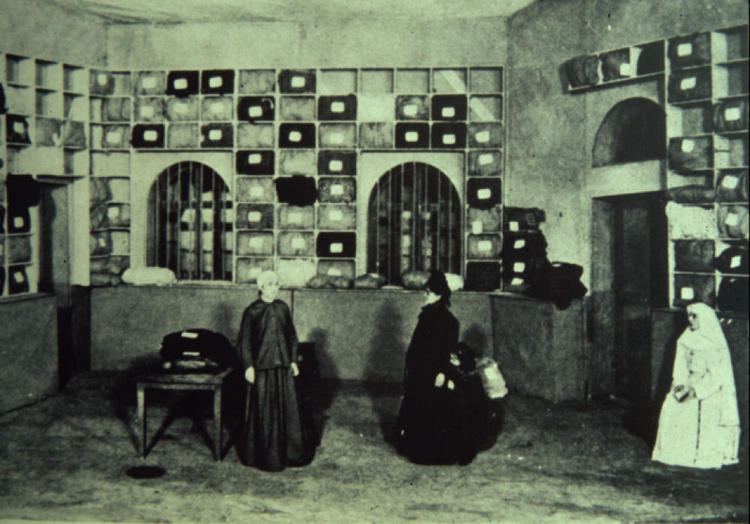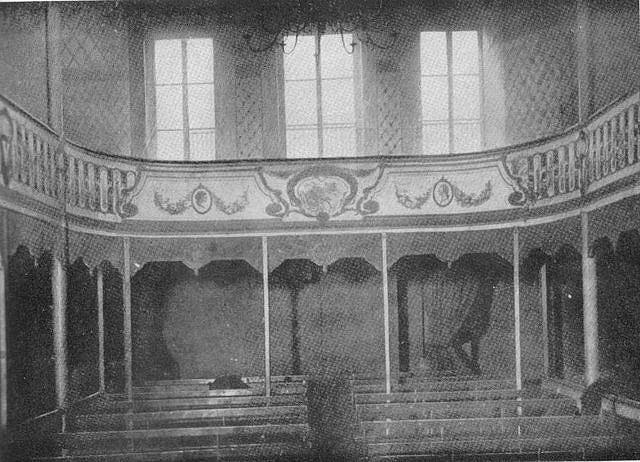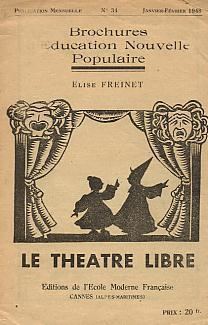 | ||
Similar Théâtre de l'Œuvre, Théâtre Antoine‑Simone Berriau, Théâtre de la Renaissance, Théâtre du Vieux‑Colombier, Odéon‑Théâtre de l'Europe | ||
The Théâtre Libre (French for "Free Theatre") was a theatre company that operated from 1887 to 1896 in the Montmartre district of Paris, France.
Contents

History

Théâtre Libre was founded on 30 March 1887 by André Antoine, who wanted to create a dramatization of an Émile Zola novel, Thérèse Raquin after the theater group for which he previously worked had refused. The Théâtre Libre was exempt from censorship and put on many plays that other theaters would not, such as Henrik Ibsen's Ghosts, which had been banned in most of Europe. The theater performed one foreign work per year and it staged only three performances of any production. Some of them included Leo Tolstoy, August Strindberg's Miss Julie, Bjørnstjerne Bjørnson's A Bankruptcy, and Gerhart Hauptmann. It was the first of its kind and inspired many theaters, such as the Freie Bühne in Berlin and the Independent Theatre Society in London, as well as different approaches to acting.

Playbills and posters were created by leading artists of the day with an unglamorized, gritty realism that reflected the spirit of the theatre and its repertoire. Among the artists that produced the most memorable works for its plays were Henri-Gabriel Ibels, Édouard Vuillard, Paul Signac, George Auriol, Adolphe Willette, and Henri de Toulouse-Lautrec.

The theatre presented more than 100 plays by more than 50 playwrights during its existence. However, despite its achievements, the theater had financial and managerial problems. Actors left as they gained more notoriety. In 1894, Antoine let another director take it over when it owed large sums to creditors. It ran for two more years until 1896, when in severe debt, the theater finally failed.
Influence
The Théâtre Libre combined Realism with Naturalism, and emphasized ensemble acting. André Antoine, its primary director, became known as the father of Naturalistic Staging. He sought to make every play as real as possible, such as when real beef carcasses were used on stage. Many sets were erected with four standing walls for rehearsals, then Antoine would decide which wall to remove for the audience to see when plays began their run. He also replaced footlights with more naturalistic lighting. Antoine believed each play should have its own unique environment.
